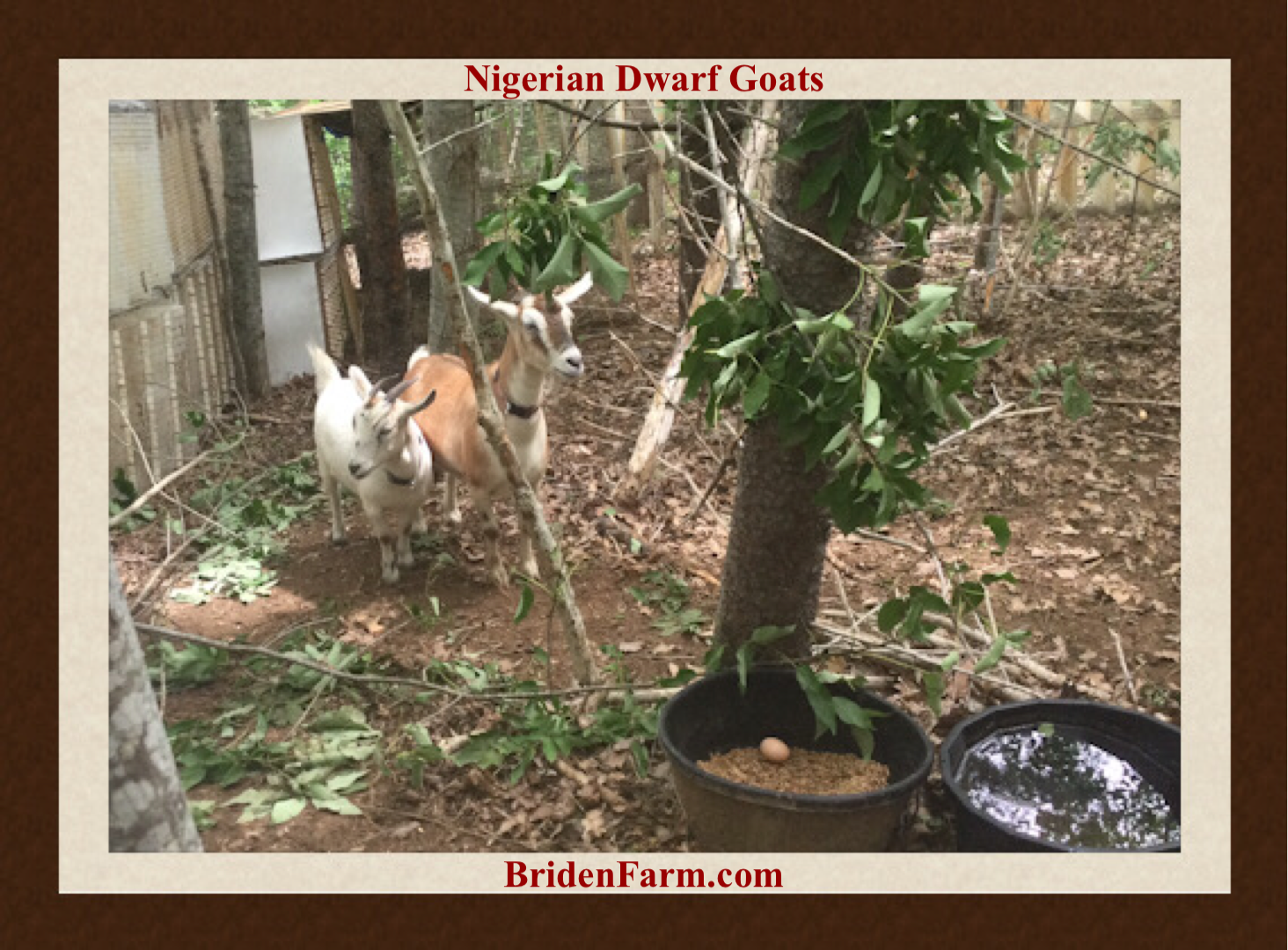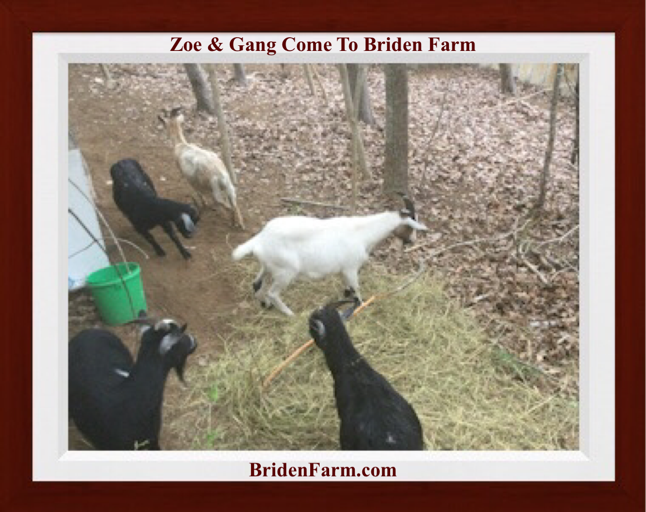Making Eggnog At Briden Farm

Yes, at Briden Farm we all work together, but when I saw the Hems had teamed up, with the Goats, to try to make Egg Nog, it certainly made me laugh! Notice the Egg, one of the chickens laid, in the Goat Pasture, in the Goat’s Feed Dish! Come embrace, the fun, Briden Farm, Bear River, N.S.
